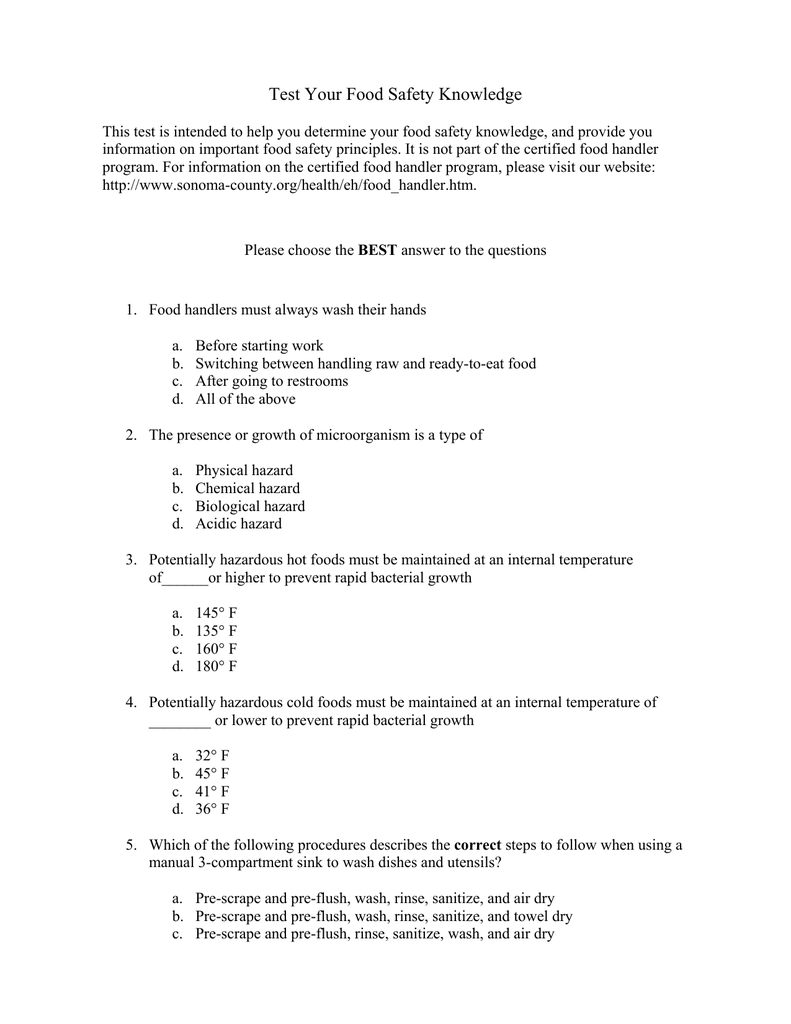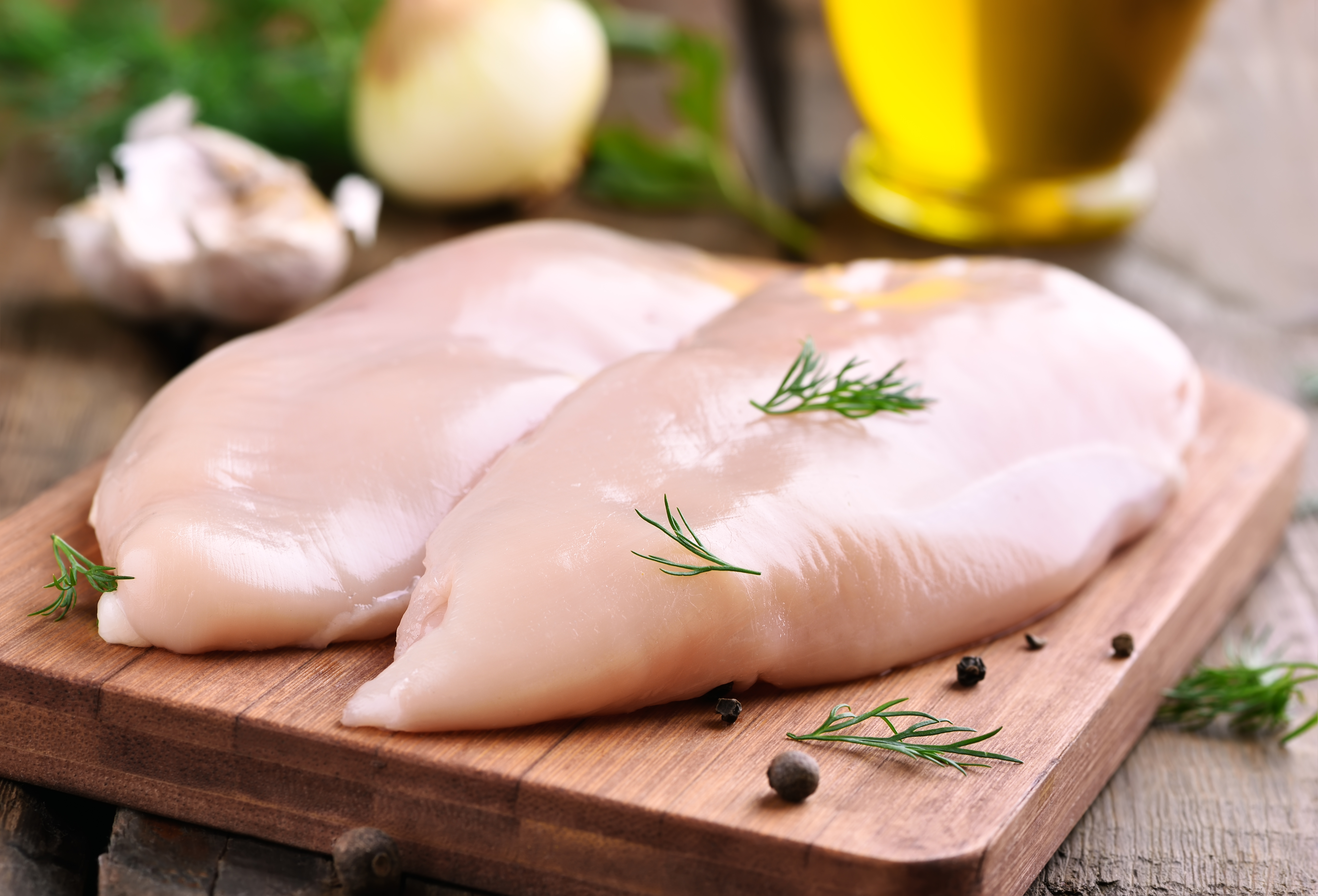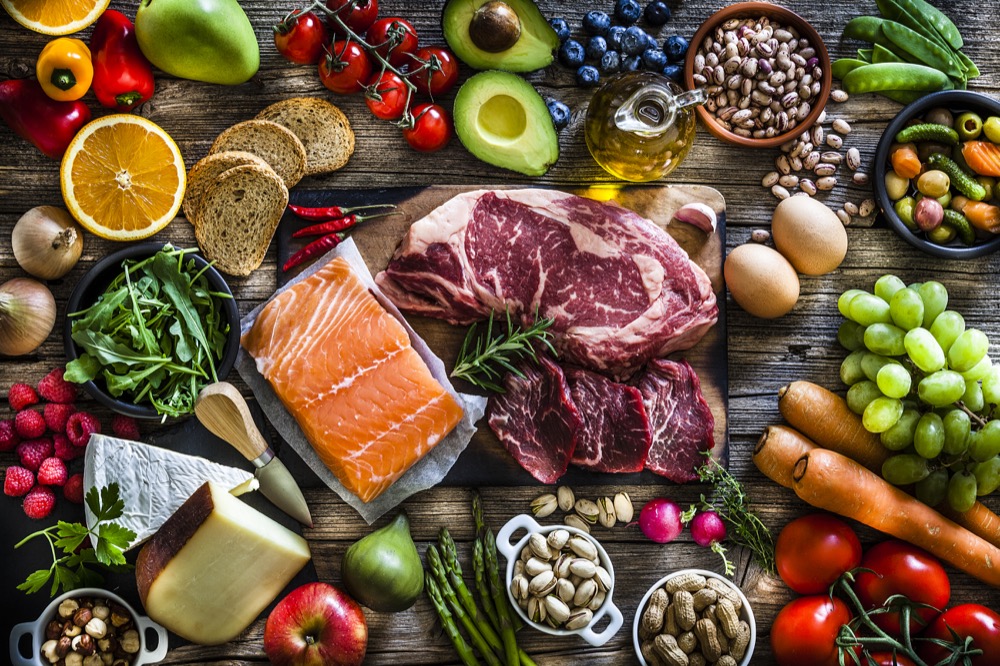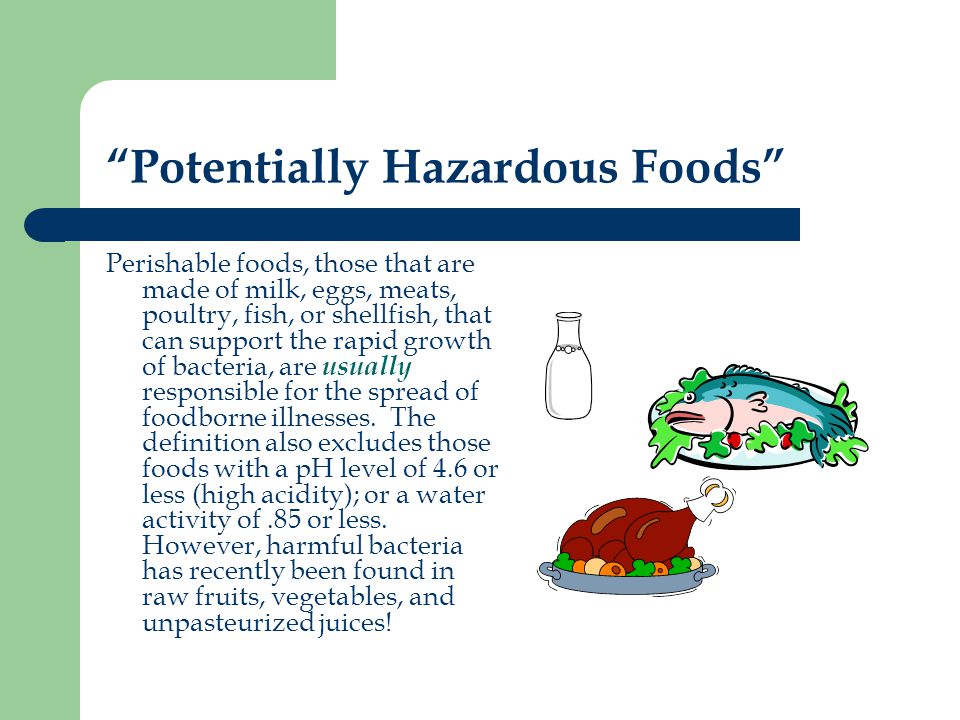potentially hazardous foods must be stored
Potentially hazardous food Potentially hazardous foods are foods that must be kept at 5C or colder or at 60C or hotter to minimise the growth of food poisoning bacteria that may be in the food or to stop the formation of toxins. The Australian requirements for the storage and display of potentially hazardous foods are.
PHF must be stored and displayed below 5C or above 60C PHF must be thrown out if stored or displayed at temperatures between 5 and 60C more than four hours PHF must be used immediately if stored or displayed between 5 and 60C for.

. Potentially hazardous foods should be kept at 5 C or colder or above 60 C wherever possible however ready-to-eat foods can safely remain between 5 C and 60 C for up to 4 hours. Lately some people have been advocating some very potentially hazardous food preservation and storage practices on foods meant for room temperature storage. Potentially hazardous foods in the refrigerator storage must be discarded when the temperature is.
Potentially hazardous foods must be stored at specific temperatures to avoid the growth of pathogenic microbes or the creation of toxins in the food. Cooked food must be cooled to an appropriate temperature before it is put into the refrigerator as hot foods can raise the overall temperature inside. Potentially hazardous food must be stored at 5C or colder to prevent bacteria from multiplying.
Potentially Hazardous Food All potentially hazardous food should be kept below 41 o F for cold foods or above 135 o F for hot foods except. Often overlooked as a source of potential hazard are foods made with meats. 1976 Food Service Sanitation Manual and the 1982 Retail Food Store Sanitation Code clarified that the food must be in.
Safe Cold Storage Here are some basic food safety principles for the cold store. Dangerous bacteria can grow in meats -- including bacon poultry beef fish pork and processed meats -- when the meat is not fully cooked. Raw meats cooked meats and food containing meat such as casseroles curries lasagne and meat pies dairy products and foods containing dairy products such as milk cream custard and dairy-based desserts seafood excluding live seafood.
How should you store potentially hazardous food. Potentially hazardous TCS ready-to-eat food prepared on-site may be stored in a cooler for up to seven days as long as the maximum internal food temperature is. Food that has the potential to be harmful is referred to as potentially hazardous food.
Potentially hazardous foods should be kept at 5 C or colder or above 60 C wherever possible however ready-to-eat foods can safely remain between 5 C and 60 C for up to 4 hours. Examples of potentially hazardous foods include. The 2 Hour 4 Hour Rule specifies how long fresh potentially hazardous foods such as cooked meat and meat-based foods dairy products prepared fruits and vegetables cooked rice and pasta and cooked or processed foods containing eggs can be safely held at temperatures in the danger zone.
All foods need to be stored in clean and covered food grade containers or wrapped in a protective covering such as. Foods normally considered to be potentially hazardous are. Raw and cooked meat or foods containing.
Potentially hazardous food should also be cooled and reheated quickly and prepared in as short a time as possible. All of these foods may potentially lead to botulism or other foodborne illnesses if they are stored at room temperature. If you do not pass you may retake the test as many times as you want within 1 year of purchasing your TestID.
Temperatures between 5C and 60C allow bacteria to multiply quickly. If potentially hazardous foods are left in the Temperature Danger Zone for more than two hours the following corrective action should be taken. The simplest way to meet the requirements is to ensure that potentially hazardous food is received stored displayed or transported either very cold 5C or colder or very hot 60C or hotter.
High-risk foods also called potentially hazardous foods must be stored in the refrigerator at 4C or below 5C or below in Manitoba. You must answer a minimum of 15 correctly to pass. These require extra caution when handling and cooking and they include.
These bacteria can make you sick or even kill you. This is because it takes more than 4 hours for food poisoning bacteria to grow to dangerous levels. Food Code 2009 from the FDA prescribes that in order to be considered safe the temperature of cooked foods that will support the growth of pathogens potentially hazardous foods must be reduced from 135 F to 70 F within 2 hours and within a total of 6 hours from 135 F to 41 F or less In addition potentially hazardous food must be cooled within 4 hours to 41 F or less if.
Potentially hazardous food is a defined concept identifying foods to be maintained at certain temperatures to minimize the growth of any pathogenic microorganisms that may be present in the food or to prevent the formation of toxins in the food ANZFSC Standard 322 cl. The simplest way to meet the requirements is to ensure that potentially hazardous food is received stored displayed or transported either very cold 5C or colder or very hot 60C. Batters and breading are often used to coat meat poultry fish or other potentially hazardous foods.
Potentially Hazardous Food All potentially hazardous food should be kept below 41 o F for cold foods or above 135 o F for hot foods except. Foods are accordingly assessed to be of high medium or low risk based on the potential to contain. This is because it takes more than 4 hours for food poisoning bacteria to grow to dangerous levels.
Breads and batters are both potentially hazardous foods especially if they contain eggs or other dairy products. Potentially hazardous foods must be stored Thursday July 7 2022 Edit. A and B only.
Home canned butter Vaseline covered eggs and. Do not handle or prepare food for others. Do not handle or prepare food for others.
Potentially Hazardous Foods Lockout Tagout Poster Workplace Safety Slogans Occupational Health And Safety. Critique of FDAs potentially hazardous foods definition18. When preparing batters and breading use pasteurized eggs or egg products instead of unpasteurized shell eggs.
Food Should be discarded. That is between 40F and 40F. Dispose of any food remaining at the conclusion of the event.

Critical Control Point Examples

Az Dept Of Health V Twitter Forget The Labels On The Refrigerator Bins For Food Safety Store Foods In Your Refrigerator According To Cook Temperature With Foods Requiring The Highest Cook
Food Safety Asotin County Health District

Food Safety Quiz County Of Sonoma

List Of Potentially Hazardous Foods

What Is Time Temperature Control For Safety Tcs

Food Time Temperature Chart Food Safety Food Otosection

What Is The Temperature Danger Zone For Food

Restaurant Self Inspection Checklist How To Create A Restaurant Self Inspection Checklist Download This Re Inspection Checklist Checklist Template Checklist

Food Handling And Safety Manual Ppt

Home Based Food Businesses Health And Wellbeing Queensland Government

List Of Potentially Hazardous Foods

Is My Baked Potato Safe To Eat
Food Safety Asotin County Health District

Food Sanitation And Safety Preventing Food Borne Illness Ppt Video Online Download


